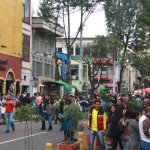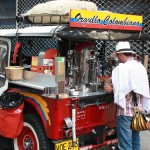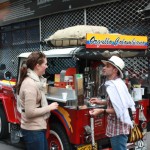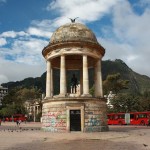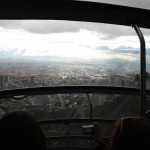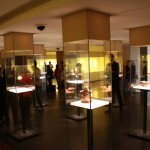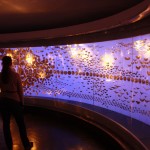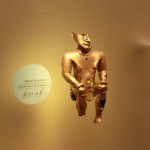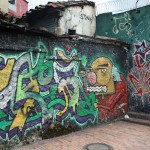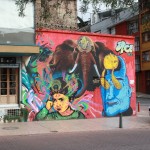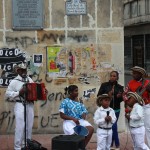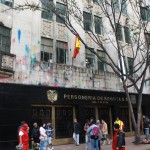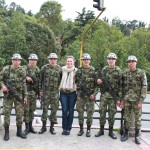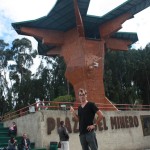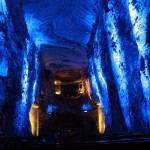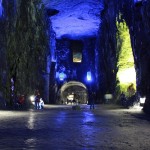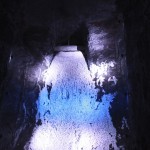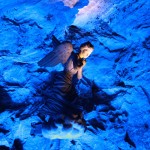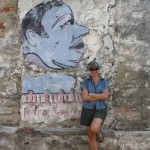First some fun facts about Bogota, a city of roughly 8.5 million. Admittedly beforehand, I had no idea that Bogota sits at 2,625 meters (8,612 ft) above sea level. This high elevation clearly translates into cooler temperatures (avg 14.5 Celsius).
Anyone who listens to National Public Radio (NPR) in the states for long enough, has probably heard of Bogota and it’s failed license plate traffic scheme. Bogota limits the days you can drive by the last digit of your license plate. To side step this annoying limitation, many locals have purchased second cars leaving them free to drive when they like.
On our first encounter with Bogota’s notorious traffic, we found that driver’s in the city were more respectful than in the smaller towns (they didn’t honk continuously and there were some engaged blinkers, oh my). On subsequent visits however, it was a whole different ball game and so the flow of Bulgarian curses commenced.
We stayed at Charlies Place Hotel which included free breakfast, parking and wonderful service. The hotel is in walking distance of both the Brazilian and Bolivian embassies. For the next 3 days, we laid down a lot of shoe leather (or I guess rubber since we were in our sneaks), walking more than 200 city blocks. But, the end result is visas and a several days in and around Bogota.
We spent Colombian independence day exploring El Museo del Oro (the Museum of Gold) and surrounding neighborhoods.
- Choppers for the independence day air show.
- Streets of Bogota.
- Fancy coffee!
- F yeah! I want coffee.
- Taking the tram.
- Museo del Oro, Bogota
Bogota is not a beautiful city, but you can feel the undercurrent of art, music and politics as you walk the streets. The people were nothing but welcoming and helpful to us. At the very least, El Museo del Oro demands a visit. It’s a beautifully planned gallery that gives you an idea of the tradition of metalwork in Colombia.
While waiting for our visas, we also paid a visit to Catedral de Sal de Zipaquirá (the Salt Cathedral of Zipaquirá).




